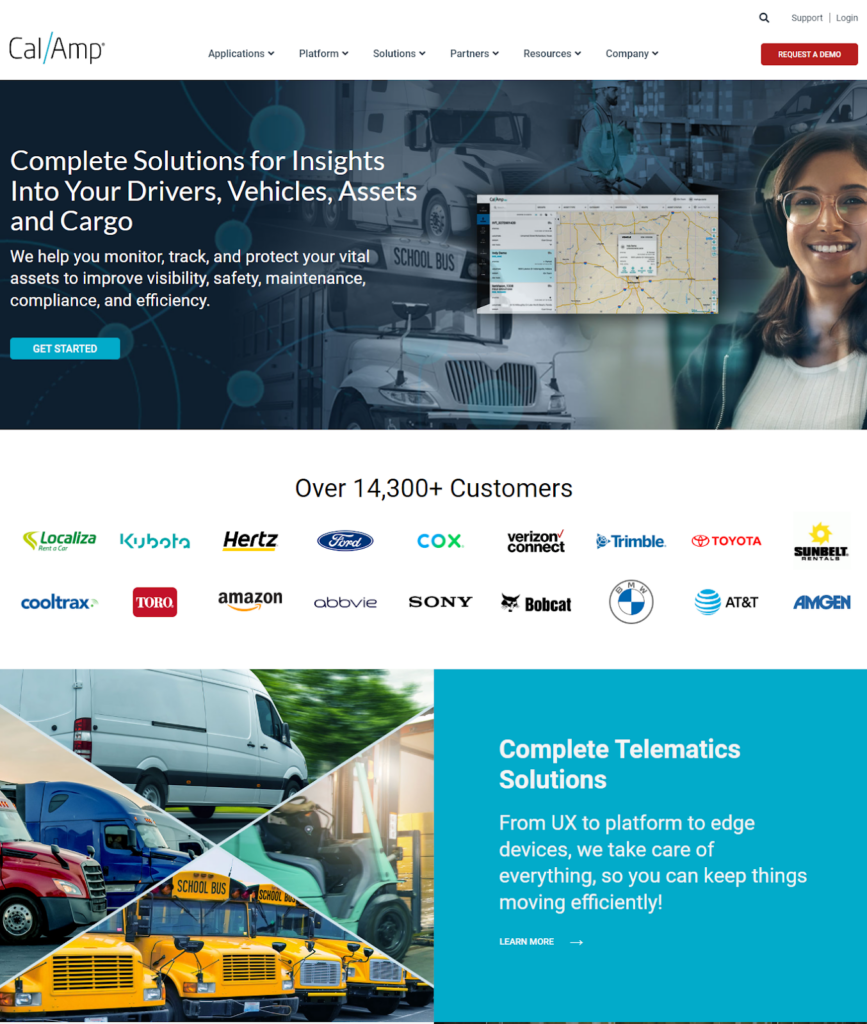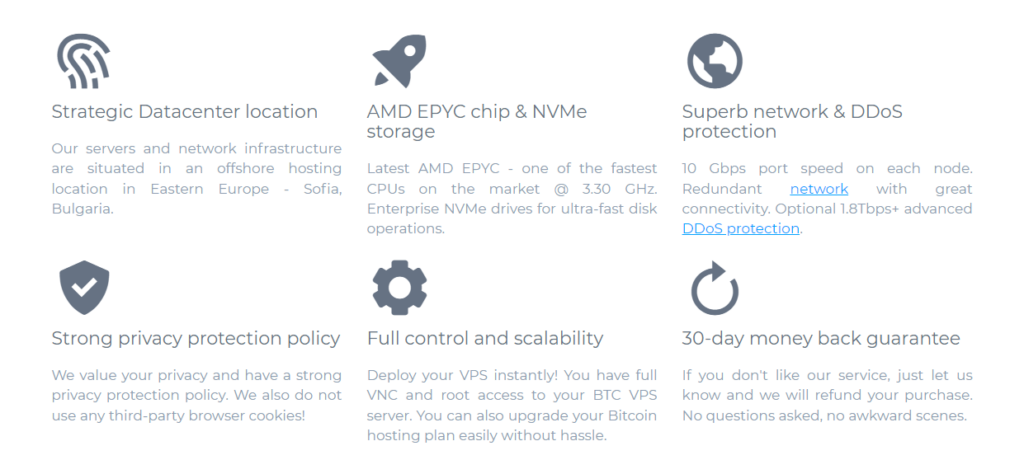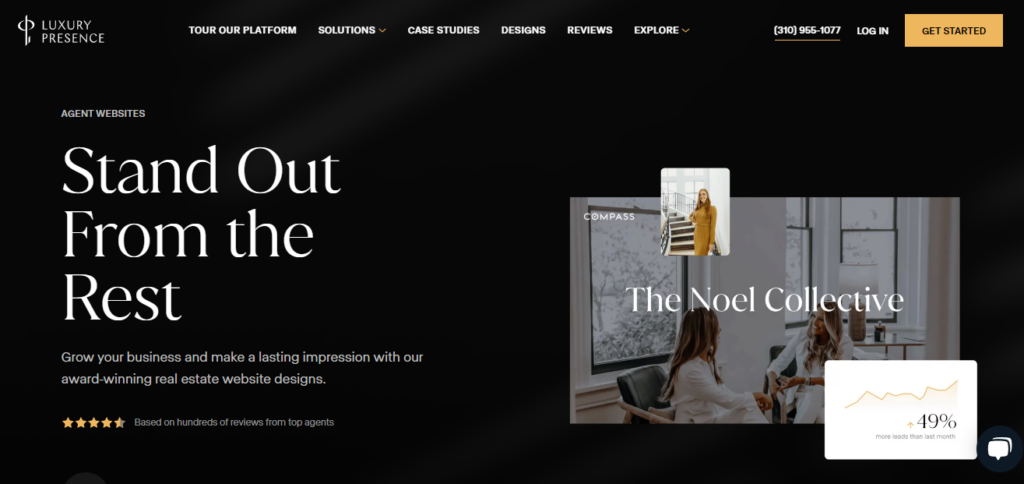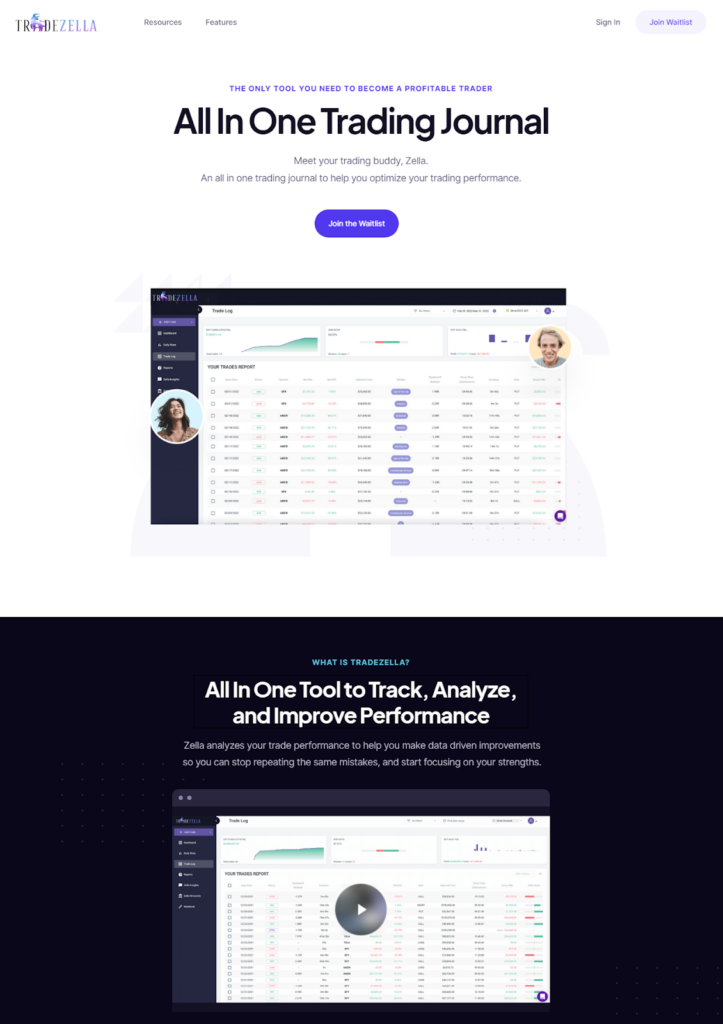
Social media is a way for you to communicate both directly and in a human way. As inbound marketing is all about creating valuable experiences and building long-term relationships, social media can be of great benefit to your inbound marketing. Let’s find out how…
What is Inbound Marketing?

Inbound marketing is a relatively new approach pioneered by HubSpot co-founder Brian Halligan. Traditional, outbound marketing, is focused on pushing messages to consumers they may not want, or provides little value for driving sales.
The hard-sell approach that was once popular no longer works in today’s digital landscape. Inbound marketing provides an alternative that empowers customers and develops long-term relationships.
Inbound marketing has 3 stages:
- Attract
- Engage
- Delight
Attract
Inbound marketing begins with attracting customers. The attract stage involves your potential customers seeking possible options to help address their challenges or pain points. Most potential customers will be unaware of your brand at this stage.
Delivering the right message to the right customer at the right time, allows you to attract high-quality leads that are more likely to convert into sales. While SEO plays a key role in the attraction stage, social media can also play a pivotal role in delivering messages that provide value.
Understanding your buyer personas (a semi-fictional representation of your ideal customer) helps you to better understand your customers. A buyer persona will help to develop a message that provides value to your customers and identify the right channels to deliver your message.
Engage
The engage stage is all about developing long-lasting relationships with the potential customers you gathered during the attract stage. At this stage, your potential customers want to find out more about your brand and how your product/service can alleviate any pain points.
Personalization and creating tailored experiences can go a long way at the engage stage. Around 50% of customers are likely to purchase from a brand that provides a personalized experience, highlighting how important it is to deliver the experience customers expect.
You can continue to use social media during the engage stage to encourage customers to interact with your brand. Continuing to post relevant content to your social channels and engaging with customers helps to develop long-lasting relationships.
Delight
The final stage of inbound marketing is the delight stage. Your content strategy, SEO, and social media have all helped to convert your visitors and leads. But even though the hard task of converting customers is done, the job is not finished!
Even after a customer has converted, you need to continue delighting that customer and maintaining the long-lasting relationships you formed at the engage stage. Delighting your customers post-purchase increases loyalty which can lead to repeat purchases and brand advocacy.
Social media continues to play a role during the delight stage. You can use your social media channels to respond to customer questions or suggestions. You could also look to explore running competitions, surveys, and events to continue showing support and appreciation.
What are the Benefits of Social Media for Inbound Marketing?

We’ve covered what inbound marketing is and how you can use social media at each stage, but what about the benefits of social media for your inbound marketing strategy?
It helps to raise awareness and attract customers
Social media can act as the building blocks for raising brand awareness. Making social media a core area of your inbound strategy will help to grow your reach and inform potential customers about your business.
Creating and sharing videos on your social media can be a great way to attract customers and raise awareness of your brand. Videos that resonate with your target audience and use emotional appeal are more likely to perform well.
Helps build your authority and online presence
Not only is it important for you to raise awareness of your brand and attract customers, but you also need to build trust and authority. Not only do you need to regularly update your social media pages, but you also need to engage to help grow your social presence.
Engaging with customers and responding to feedback goes a lot further in building credibility than just posting new content. Potential customers like to see that you care about customer satisfaction.
Drives better quality leads and traffic
Social media can be a major source of driving traffic to your site and landing pages. Without social media, your traffic would be heavily limited to those from search (and we all know how difficult gaining top-ranking positions can be).
Social media makes life a lot easier for driving traffic. Every profile you have and every link you post is another gateway for potential customers. Increased exposure plus valuable content is a great formula for expanding your reach and building lasting relationships.
Your social media strategy can organically boost your SEO
Social media can help boost your SEO efforts too. But let’s make one thing clear. Social media is not a ranking factor. However, a link has been established between being active on social media and a boost to your SEO.
Establishing your authority and credibility on social media stands you in a much better position for gaining valuable backlinks to your site. Providing these also come from authoritative websites, you’ll benefit from some nice link juice.
Feedback can help develop your content creation
The great thing about social media is that it’s not a one-way street. Your business can gain from using social media as well as your customers. A brand that is highly engaged on social media can gain great insights from customers.
Social media can provide insights about your customers that will be beneficial for developing your buyer personas. Customers can also provide feedback, giving you ideas and directions that you may not have otherwise considered.
Gain more insights into your customers
We also mentioned about the insights you can gain from customers on social media. But given how important this benefit is, it deserves a separate mention. The insights that social media provides about your customers are crucial for developing content that provides value.
Creating content that offers value is the bread and butter of any successful inbound marketing strategy. You’ll be able to find out what content appeals most to your customers, the best time for posting, and how customers want to receive the content.
It helps you to continue delighting your customers
While social media is most beneficial at the attract stage of inbound marketing, in no way should you disregard it from every other stage. You can use your social media to delight your customers by:
- Hosting live events or webinars
- Offering customer support through chat
- Conducting surveys and polls
- Engaging in social listening to find what customers are saying away from your page
The important thing to remember is that delighting your customers goes beyond satisfaction. At the delight stage, even the smallest gesture can go a long way in maintaining positive relationships that will continue to bring customers back again.
Social media is a vital tool for any inbound marketing strategy, providing many great benefits. Combined with a successful content marketing strategy, you can provide both valuable and engaging content that helps empower your customers.
The post 7 Benefits of Social Media for Inbound Marketing appeared first on noupe.









